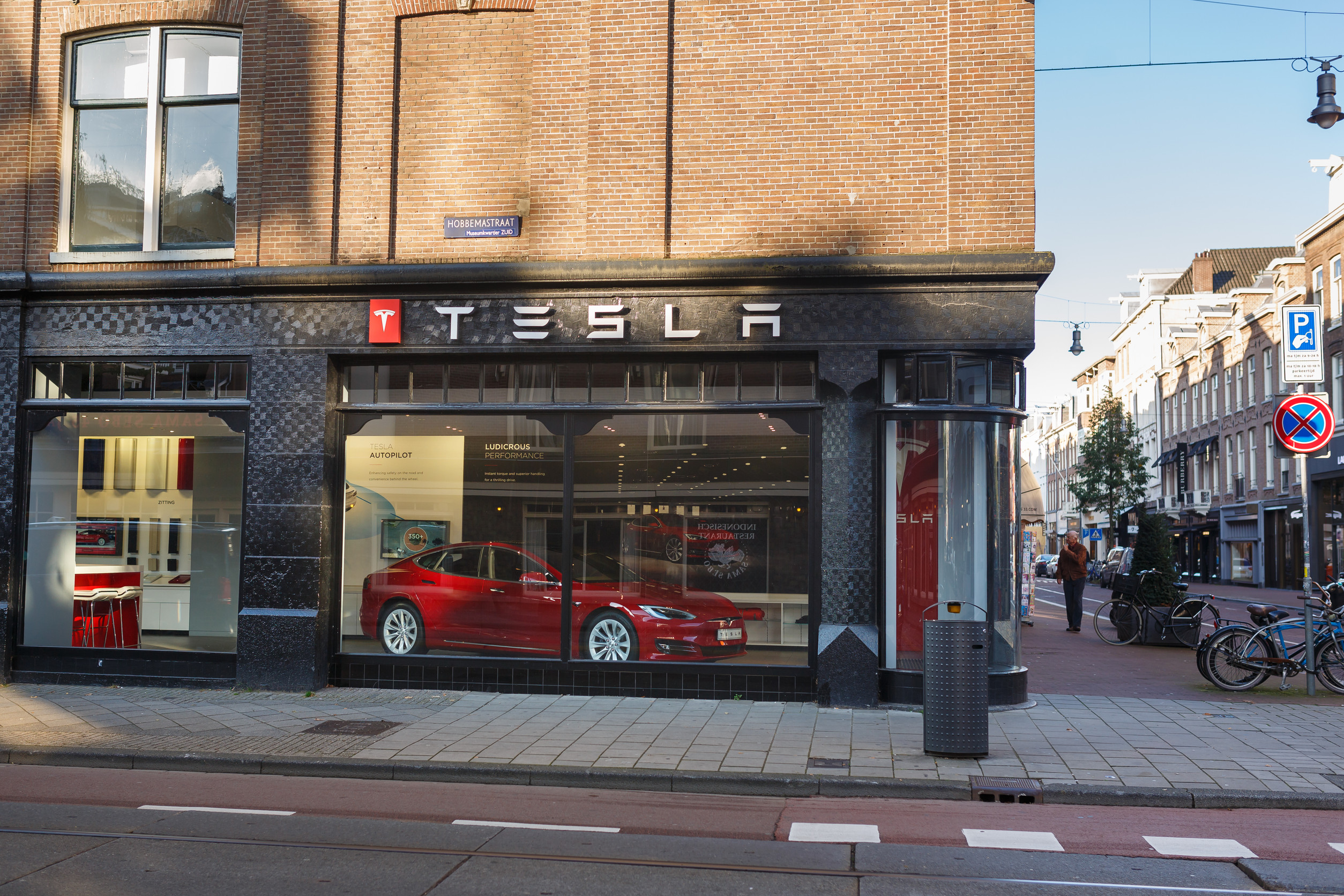

As of January 2025, there are about 5 million Teslas on the road worldwide. While the brand has grown to dominate the electric vehicle market, there have been several mishaps in Tesla’s journey to the top. Elon Musk would probably rather the world forget about these blunders, but they have been a substantial part of the company’s history to this point. So, let’s take a look at 10 of the biggest mistakes that have happened with Tesla since its inception.
1. Autopilot Accidents
Tesla’s Autopilot system is one of its most marketed features, but it has been linked to numerous accidents. Drivers have reported crashes due to the system’s failure to detect obstacles or properly navigate turns. The company insists that Autopilot requires active supervision, but marketing language has often left drivers confused about its capabilities. Regulatory agencies have launched investigations into these incidents, sparking concerns about the system’s safety. Lawsuits and media coverage have only heightened the scrutiny, making this a recurring issue Tesla can’t seem to escape.
2. Battery Fires
Tesla’s lithium-ion batteries are powerful but have been linked to spontaneous fires. Several high-profile incidents of Tesla vehicles catching fire have raised safety concerns among consumers and regulators. Despite the company’s claims that such events are rare, these incidents are often dramatic and widely publicized. Tesla has responded with software updates and improved battery technology, but the fear of battery fires persists. Critics argue that the company downplays these incidents, leaving consumers skeptical about the brand’s safety.
3. Quality Control Issues
For a company known for cutting-edge technology, Tesla has struggled with quality control. New Tesla owners have reported problems ranging from uneven paint jobs to misaligned panels and faulty interiors. These issues aren’t just cosmetic; they’ve affected customer satisfaction and sparked criticism on social media. While Tesla’s rapid production scale is impressive, it often comes at the expense of quality assurance. Critics argue that such issues are unacceptable for vehicles in Tesla’s price range.
4. Cybertruck Window Fail
Tesla’s unveiling of the Cybertruck in 2019 was meant to showcase the vehicle’s toughness, but it didn’t go as planned. During the live demo, the supposedly shatterproof windows broke when hit with a metal ball. The embarrassing moment went viral, overshadowing the rest of the event and sparking widespread ridicule. While Elon Musk laughed it off, the incident highlighted flaws in the Cybertruck’s development. The gaffe became a meme, creating lasting damage to the vehicle’s debut.
5. The Model 3 Delivery Debacle
Tesla’s Model 3 was supposed to revolutionize EV affordability, but its launch was plagued by delays. Dubbed “production hell” by Elon Musk, the company struggled to meet its ambitious manufacturing goals. Customers who pre-ordered the Model 3 faced extended wait times, leading to frustration and canceled orders. Quality issues with early models only added to the chaos, as Tesla scrambled to ramp up production. The fiasco highlighted the challenges of scaling EV production.
6. Solar Roof Delays
Tesla’s Solar Roof was introduced as a game-changing product, but it has failed to live up to expectations. The rollout has been slower than promised, with installation costs exceeding initial estimates. Customers have faced lengthy delays and a lack of communication from Tesla’s customer service. Critics argue that the company focused too much on hype rather than execution, leaving many disillusioned. Tesla’s competitors have stepped in to fill the gap, making the Solar Roof seem like a missed opportunity.
7. Over-The-Air Updates Gone Wrong
Tesla’s over-the-air software updates are a significant selling point, but they haven’t always gone smoothly. Some updates have introduced bugs that affected vehicle performance, such as reduced range or malfunctioning features. In one notable case, an update restricted battery capacity, sparking backlash from owners. While Tesla usually fixes these issues quickly, the temporary inconveniences have left some customers frustrated. Critics argue that the company uses customers as beta testers for unfinished software.
8. Supercharger Accessibility
Tesla’s Supercharger network is a major advantage for owners, but its exclusivity has raised concerns. While the company initially hinted at opening the network to other EV brands, progress has been slow. Critics argue that the lack of universal access limits the overall adoption of EVs. Tesla owners have also complained about overcrowded charging stations, making long trips inconvenient.
9. Workplace Culture Controversies
Beyond its vehicles, Tesla has faced criticism for its workplace culture. Reports of long hours, high-pressure environments, and safety violations have tarnished the company’s image. Former employees have filed lawsuits alleging discrimination and harassment, further fueling the controversy. While Tesla’s innovation is undeniable, its workplace issues reveal cracks in its corporate structure. Critics argue that the company’s culture reflects poorly on its leadership.
10. Price Fluctuations
Tesla’s frequent price changes have left many customers frustrated. Some buyers have complained about purchasing vehicles only to see prices drop shortly after. The lack of consistency has led to confusion and distrust among potential buyers. Tesla argues that price adjustments reflect market demand and production costs, but the unpredictability remains a sore point. These changes also make it challenging for competitors to gauge Tesla’s pricing strategy.
A Company That Learns From Its Mistakes
There is no denying that Elon Musk and Tesla have changed the auto industry in a huge way. The company’s innovation made some things that seemed like “Jetsons” dreams become reality. That said, no company is without its mistakes. For buyers, it is a good idea to get familiar with some of the issues Tesla has faced. Thankfully, it seems like Tesla has learned from these mishaps and is actively working to improve its reputation in any way it can.
Read More


Drew Blankenship is a former Porsche technician who writes and develops content full-time. He lives in North Carolina, where he enjoys spending time with his wife and two children. While Drew no longer gets his hands dirty modifying Porsches, he still loves motorsport and avidly watches Formula 1.


Leave a Reply